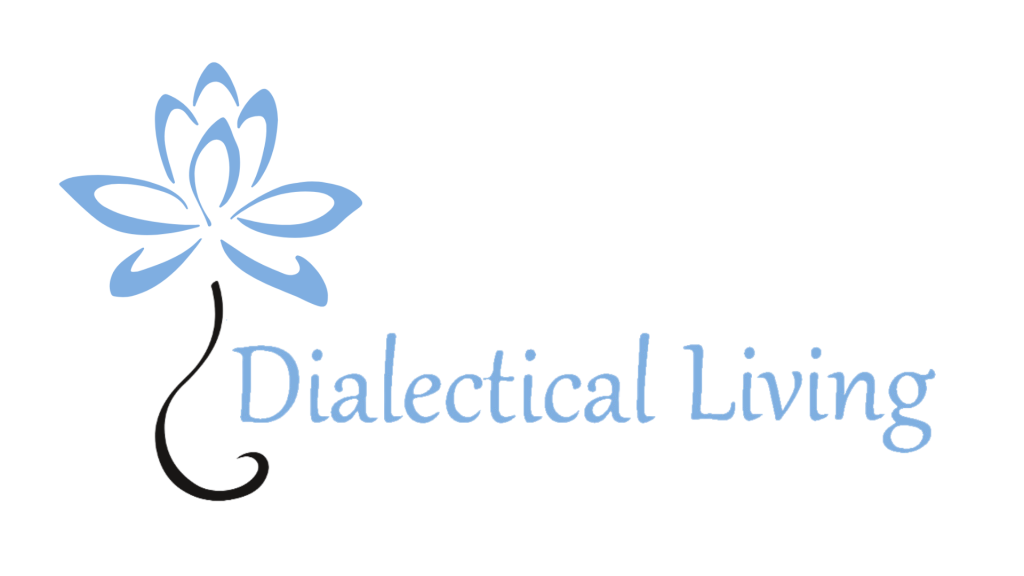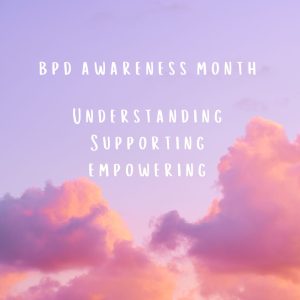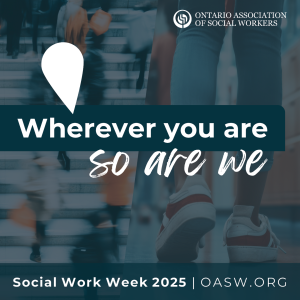I’ve been facilitating a peer based art therapy group “Be Creative” for about eight months. When planning this group, I assume that people just want to have fun, think about positive things while creating art. I’ve been pleasantly surprised to find that people willingly choose to communicate through art deeply personal and private thoughts and feelings. It’s said that there are certain emotions – especially when they are associated to trauma – that are difficult to describe with words. This has been described as alexithymia in psychiatric circles (literally “no words for emotions”). Putting words to painful feelings can feel impossible for people with alexithymia. I’m amazed when, once a month, people of various backgrounds come together to express painful thoughts and feelings openly and without judgment.
This month, we had a creative writing group. Considering that describing painful situations or emotions can be difficult for some, I was apprehensive about participant willingness to write an entire story! So, instead of writing a realistic account of trauma, we wrote a fairy-tale. The fairy-tale structure encouraged the expression of emotions by means of an indirect account of a personal experience. I challenged each participant to use symbols, metaphors and illustrations to depict their experience. The exercise allowed each participant to observe the pain from afar, as spectators rather than actors. The separation of self in reality and self in the fairy-tale provided a safe environment for exploration. In other words, each participant could write about themselves as though they were someone else (in a kingdom far away, as a princess, or a terrible fire breathing dragon). The creative writing exercise ultimately allowed for a non-judgmental narrative of a life experience.
In encouraging the use of symbols and allegories through fantastical creatures, supernatural powers and imaginary locations, participants were able to convey traumatic memories indirectly. Themes like abandonment, isolation, death and loss of innocence were depicted with the use of fairy-tale imagery. The arousal of pathos as each person read their story had a cathartic effect on participant and facilitator. What had once been too painful to express in words became the climax of a magical story. As we listened carefully to the each fairy-tale, it was clear that our created characters were reflections of our innermost being.
If you’re interested in joining our art group, join our Meetup.com page or write to us at info@dialecticalliving.ca.
Our “Be Creative” group was smaller than usual this month, but the intimacy allowed for in-depth conversation. Not only did we explore pain, in talking openly about mental health we became advocates. The group is therapeutic and a form of activism. Anyone interested should know that in participating they will be working toward reducing the stigma surrounding mental health at a community-level.





